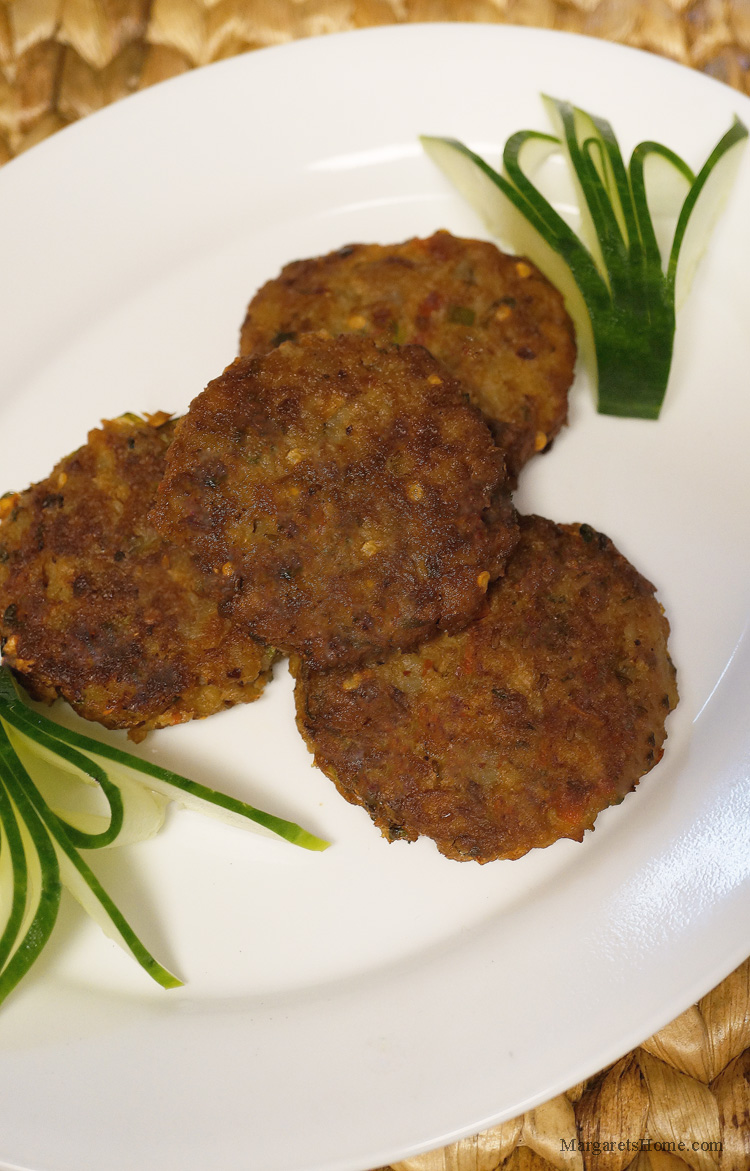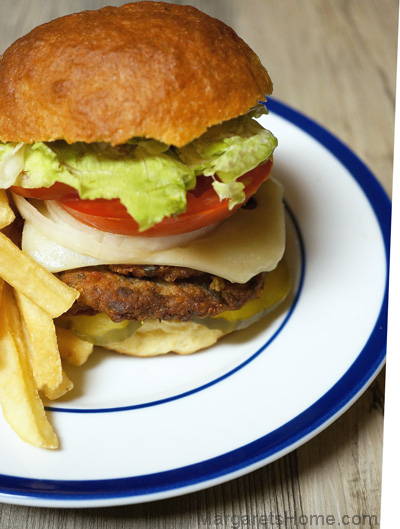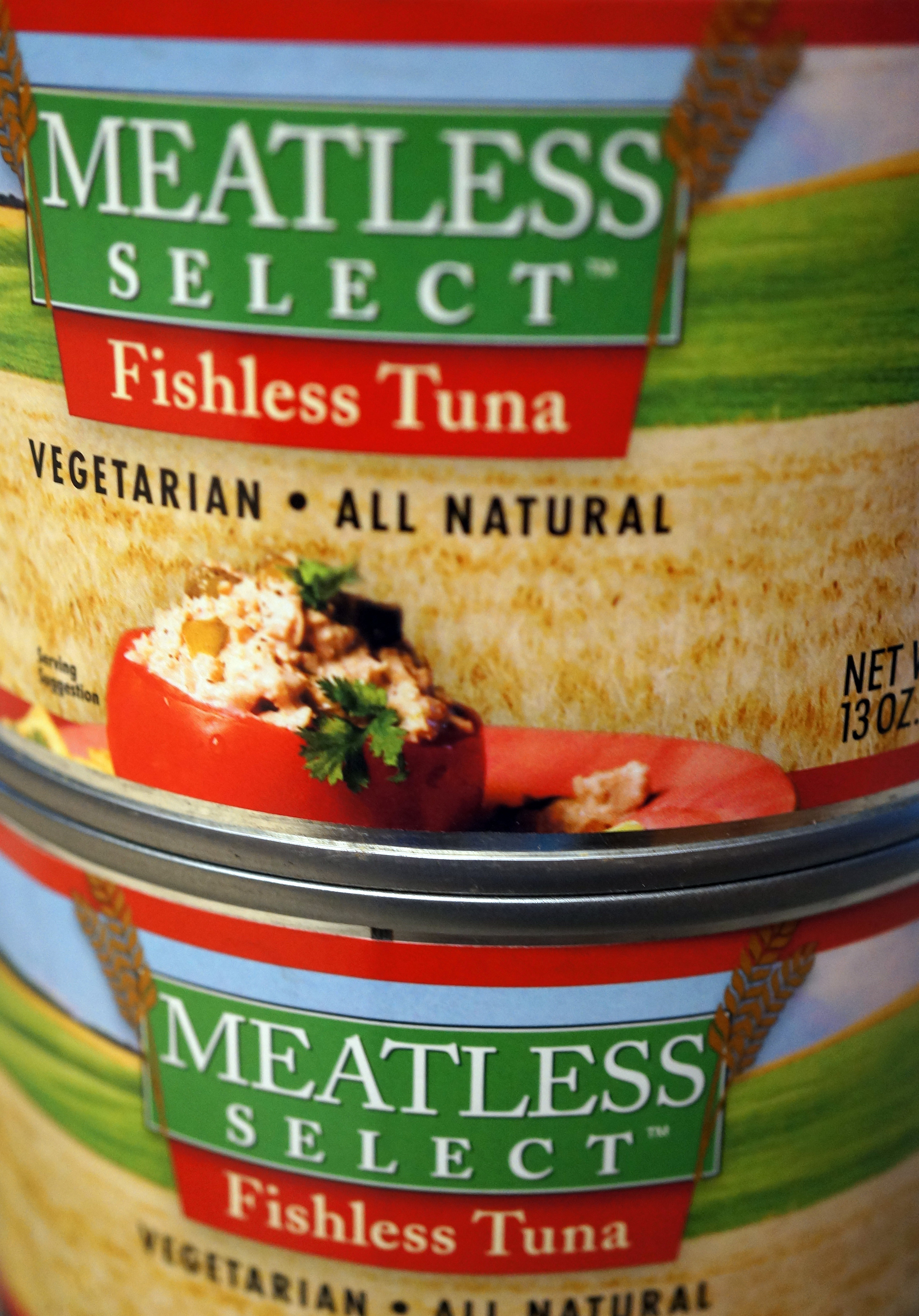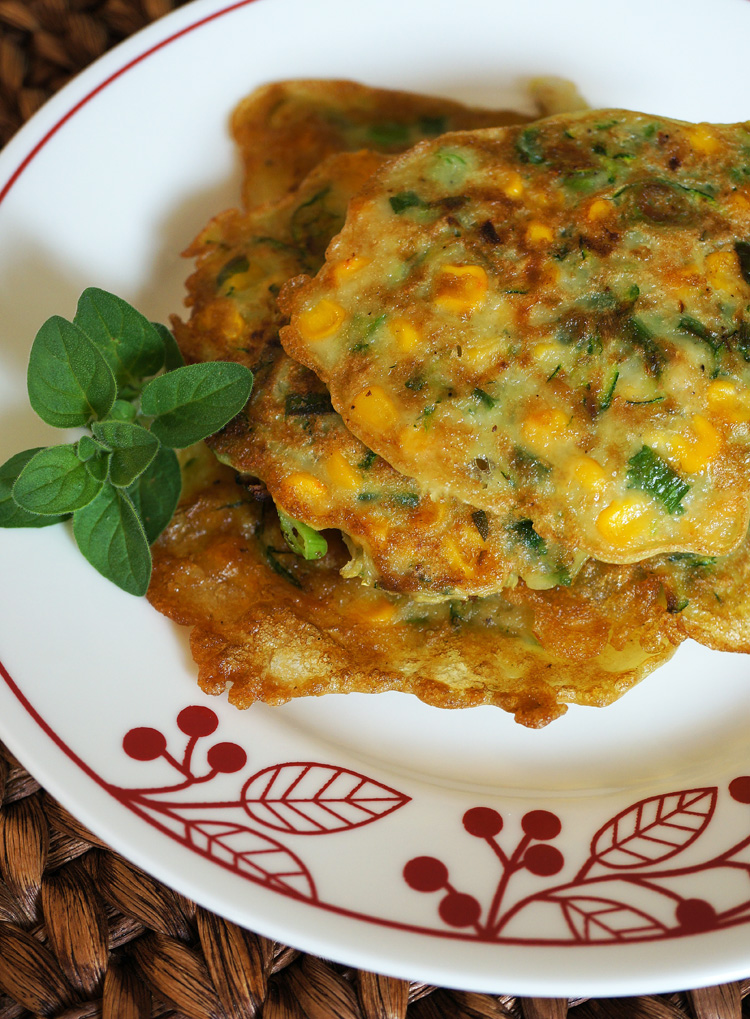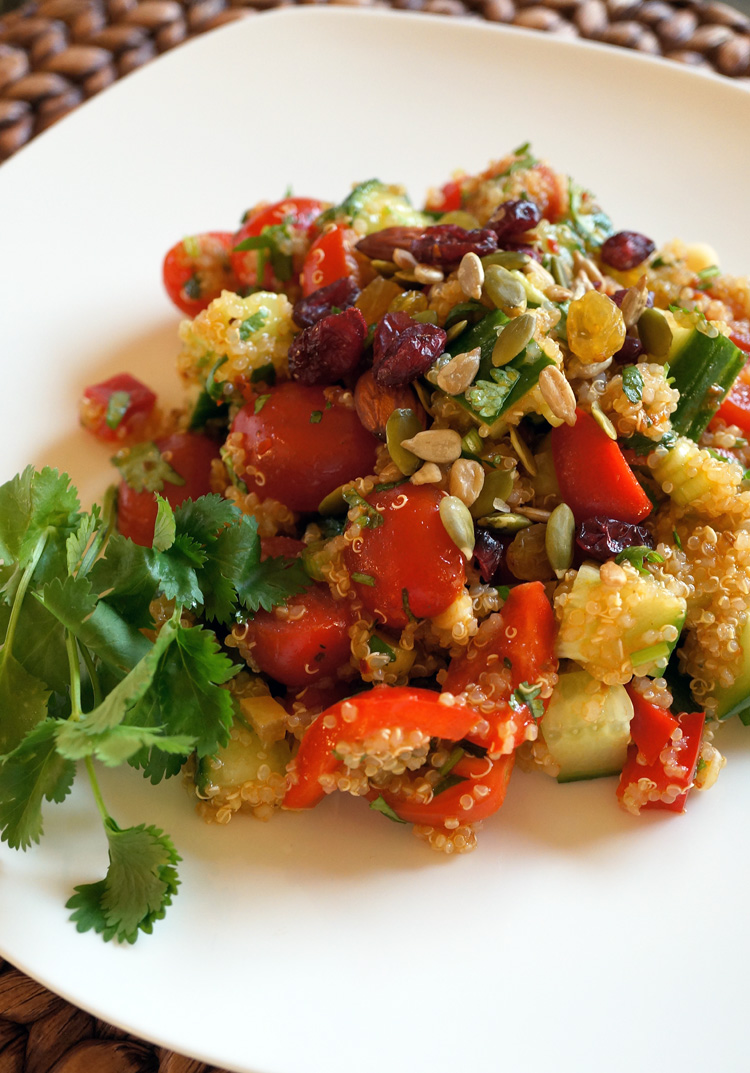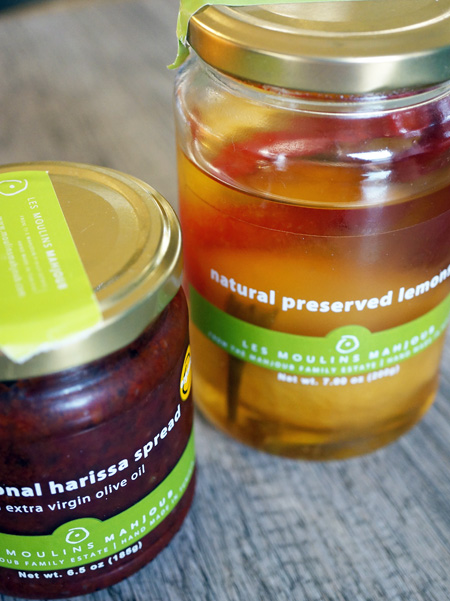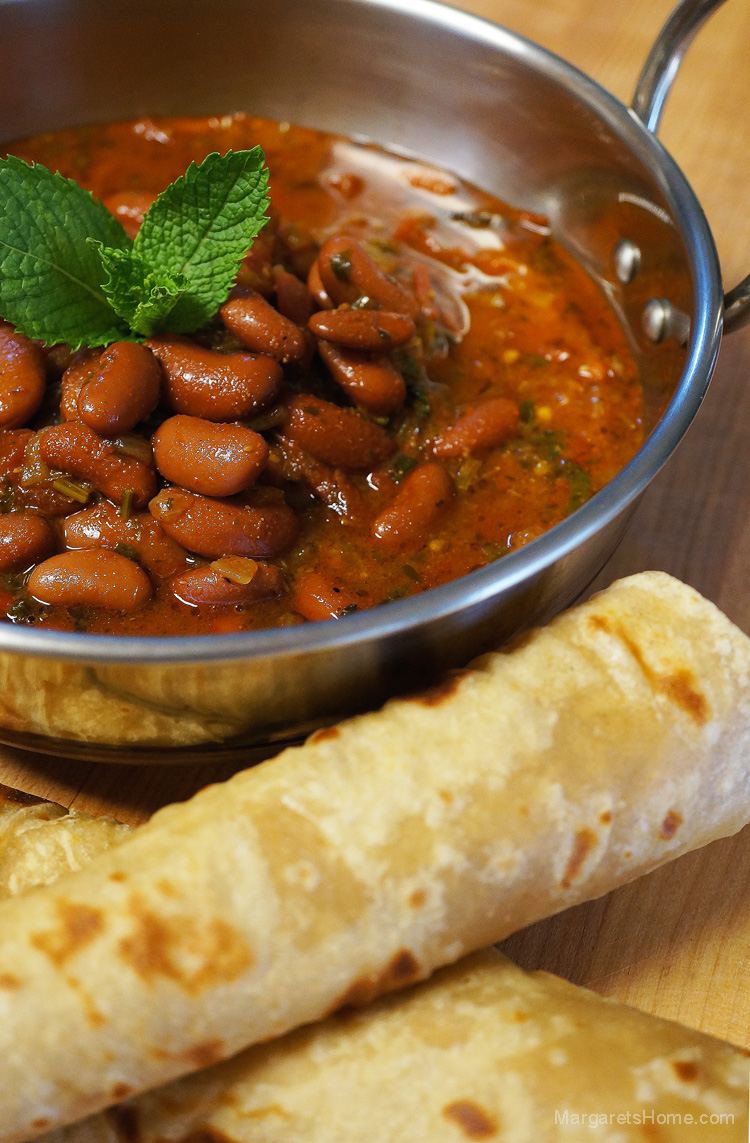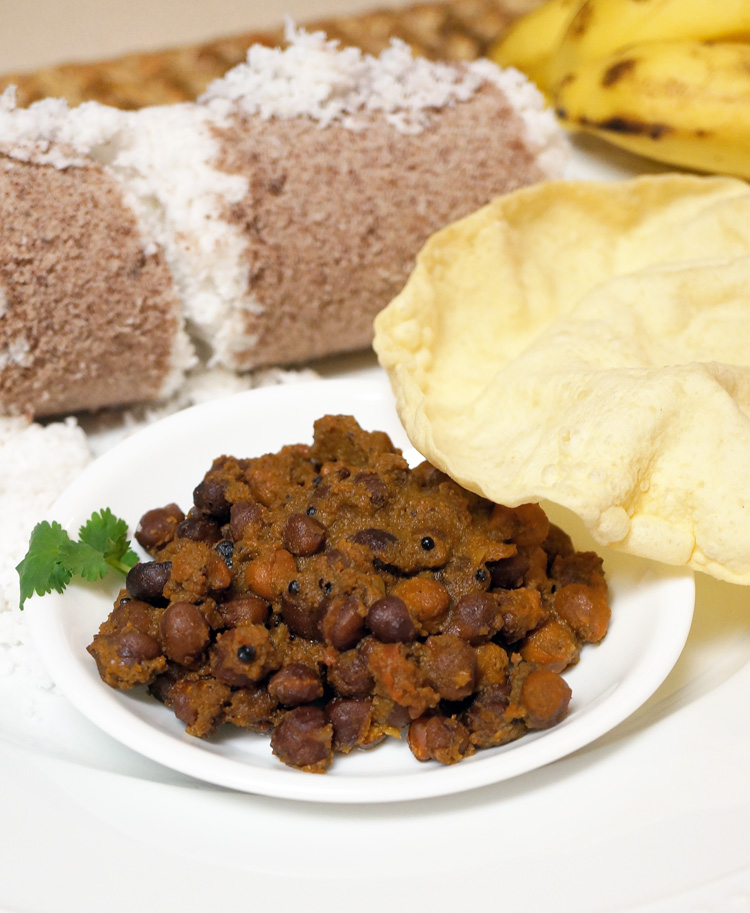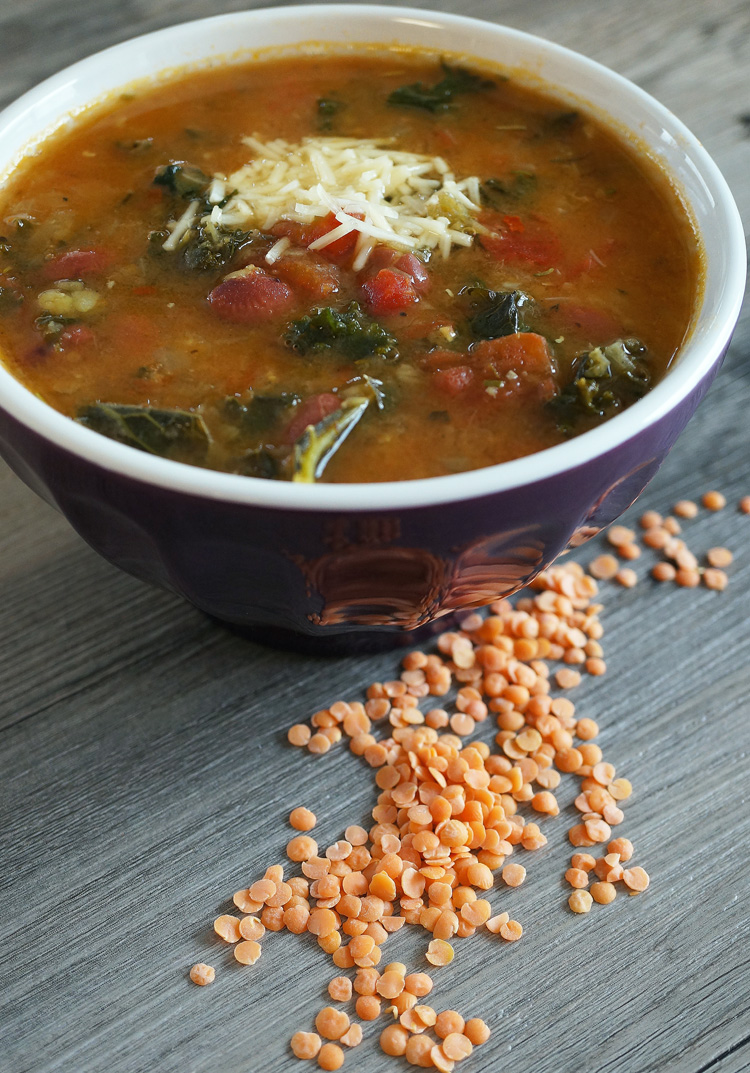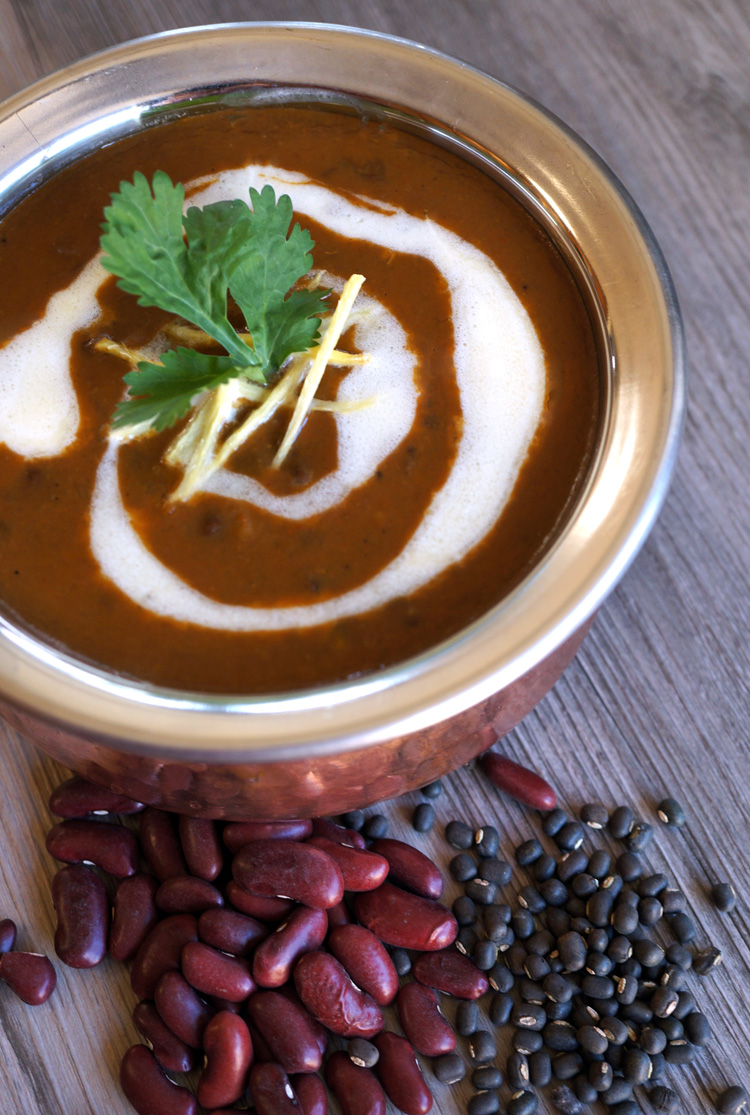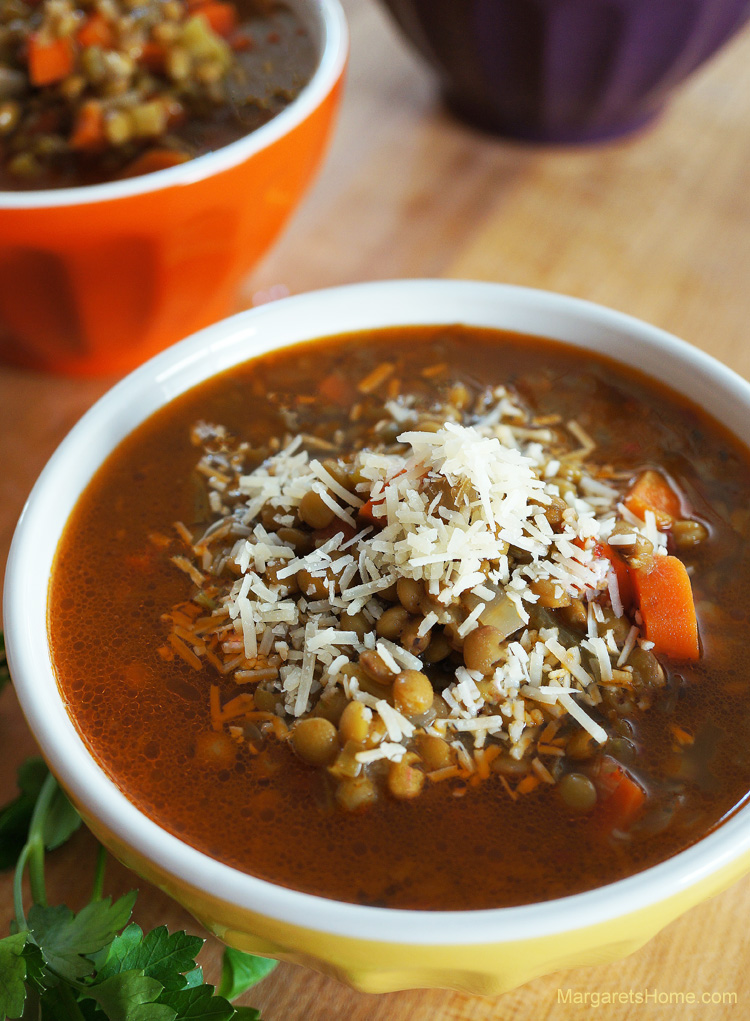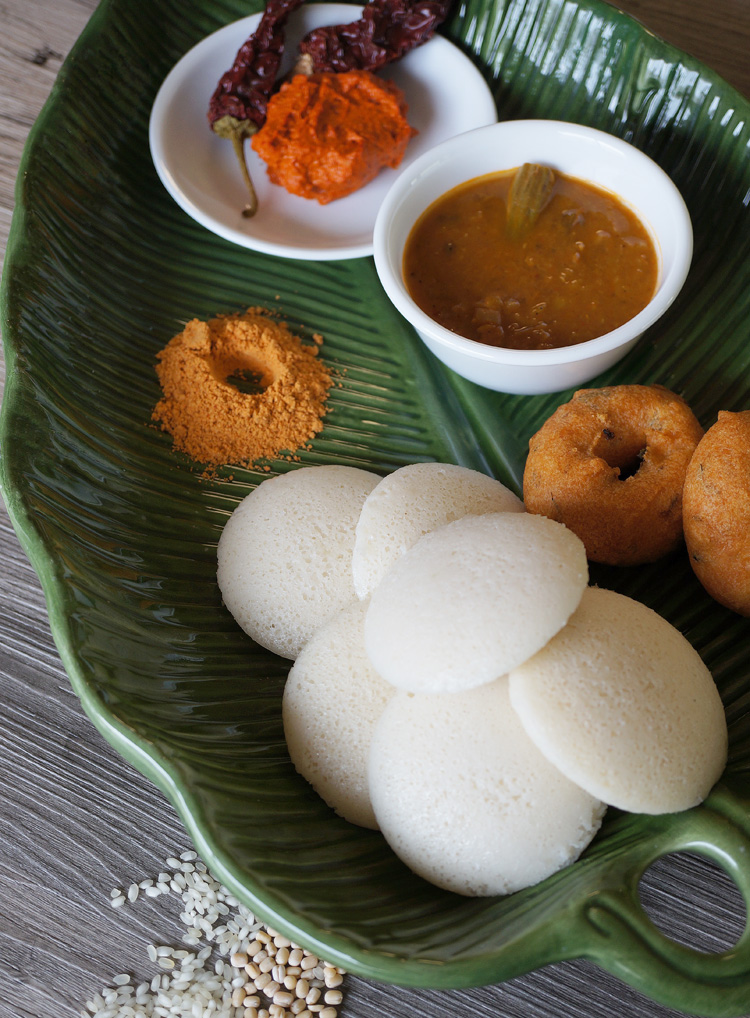
Idlis are traditional South Indian steamed rice cakes that are eaten at breakfast or at tea time. Black lentils and rice are soaked, ground, fermented, poured into idli moulds, steamed, and eaten with sambar and chutney. There are hundreds of variations. Making idlis, when I lived in India, was easy. The climate was conducive to the fermentation process. After moving to the US, I had to learn some new tricks to get the batter to cooperate.
The table top wet grinder that my daughter bought for me as a birthday gift made the grinding process easy (thank you, daughter). Many of my friends still use their trusted mixies (powerful blenders) to do the job. I learned the most important secret to soft, spongy idlis is using the right amount of water while grinding the lentils and rice. So, in my directions below, I’ll go to great lengths to explain the process and to give you the approximate amount of water to be used.
Fermenting the batter in winter is difficult. I turn the oven on and bring the temperature up to 200°F. Then I turn the oven off, wait for about 15 minutes and then put the batter in the oven. I also leave the oven light on to ensure that the oven stays warm. To avoid accidents, I put a sheet tray under the pot just in case the batter overflows. Could I be more optimistic than that?
While experimenting with this recipe, I tested using a teaspoon and a half of fenugreek seeds which I soaked along with the rice to help with the fermentation process, but it changed the color of the idli. So, instead, I recommend using beaten rice (poha), or cooked rice. To get the light sour taste and smell in your idlis, the batter has to ferment well. Using three tablespoons of starter batter also helps to achieve this.
Try my recipe, and I hope your next batch of idlis will turn out perfectly. If you do try my recipe, please post a picture of your results on my Facebook page.
Idli
Prep Time: 8 hours (includes soaking time but does not include time to ferment batter)
Cooking time: 15 minutes
Serves: 8 (makes around 72 small 2.5″ idlis)
Ingredients:
3 cups idli rice
1 cup whole black lentils, (whole urad dal)
½ cup beaten rice, (flattened rice flakes, poha)
3 teaspoons salt
3 teaspoons olive oil or sesame oil, (to grease idli mould)
Directions:
Wash the rice in three changes of water. Place it in a large bowl and add filtered water to cover the rice by about three inches. Set it aside for four hours.
After the rice has soaked for four hours, soak the black lentils. Wash the lentils in three changes of water. Put it into a medium bowl and add filtered water to cover it by about three inches. Soak the beaten rice in a small bowl with one cup of filtered water. Let the rice, lentils, and beaten rice soak for one hour.
I used a table top wet grinder to make the idli batter. Clean the grinder. Drain the black lentils. Make sure that you save the water the lentils were soaking in. Use this water when you grind. I also want to tell you that the amount of water that I suggest works well for me. But it depends on the kind of rice and lentils you will use. It might require a little more or a little less water. But this will give you an idea.
Add the drained lentils and 1 cup of water into the grinder and turn it on. The whole process of grinding the lentils will take about 15 minutes. Let the machine run for five minutes. Scrape the sides and add ½ cup water and grind for another five minutes. You will see the batter turn light, fluffy, and increase in volume. Scrape the sides and add another ½ cup of water – one tablespoon at a time. Grind for five minutes. Turn the machine off and feel the batter. It should be light and when you rub the batter between your finger and thumb, the texture should be smooth and light. You should not feel any coarse grains, and if you put a spoon full into a bowl of water it will float. Remove the lentil batter into a large stainless steel pot.
If there is a little of the lentil batter remaining in the wet grinder, don’t worry. Add the rice and ½ cup water. Then, while the machine is running add another ½ cup of water. Grind for five minutes. Scrape the sides. Drain the beaten rice. Add it to the rice and add ½ cup water and grind for ten minutes. Scrape the sides, add salt, ½ cup water – one tablespoon at a time – and grind for the final ten minutes. Turn off the machine. It will take about 20-25 minutes to grind the rice. The batter can be anywhere from slightly coarse to smooth. Depends on how you like it.
Add the rice batter to the lentil batter in the large pot. The batter will rise during fermentation, so make sure that the pot is only half full of batter. Mix the lentil batter and rice batter with your hand. The warmth of your hand will help speed the fermentation process. If you live in a country where the weather is hot. You can leave your pot on your kitchen counter. However, if it is cold, turn your oven to 200°F. Wait for about 15 minutes. Cover the pot with a lid, set the pot in the oven, and turn the oven light on. The batter will ferment in about 8-10 hours. I leave it overnight and make idlis in the morning for breakfast.
When you are ready to start making idlis, fold the batter using a spatula. Just like you would do with a light, chiffon cake! The rice batter would have fallen to the bottom of the pot and the lentil batter would have risen to the top. Fold them together, gently.
Grease the idli mould with olive oil or sesame oil. Fill the idli mould leaving a little space for the batter to rise. Steam for 12 minutes. I use an idli steamer for this purpose but you can also use your pressure cooker (weight not required). Let the idlis cool down before you remove them with a wet idli spoon or butter knife.
The idlis turn out best on the first day. They freeze well. So you can use the whole batter to make idlis on the first day and then freeze them for use later. I usually make idlis on the first day and then use the remaining batter to make dosas. Store the batter in the refrigerator. Just add a little water to make the batter a pouring consistency before you make dosas.
To reheat idlis put them in a steamer. Or, if you are like me, put three idlis in a small bowl, put three drops of water in the center of each idli and microwave them for 20 seconds. You will have to eat the microwaved idlis right away because they get tough after a while. If you have ideas that could help me make better idlis, let me know. If you have questions for me, I’m only a phone call or email away.
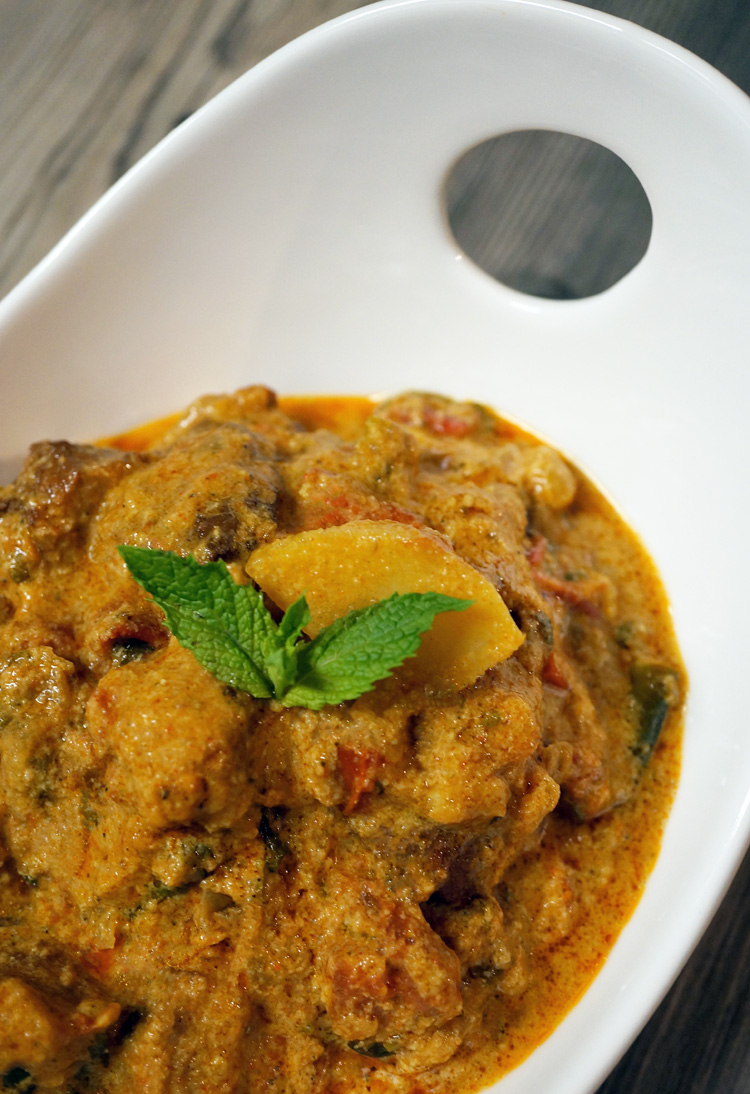 Ingredients:
Ingredients:
